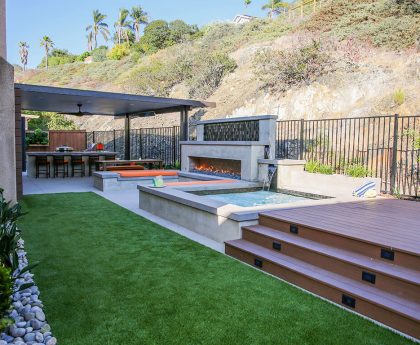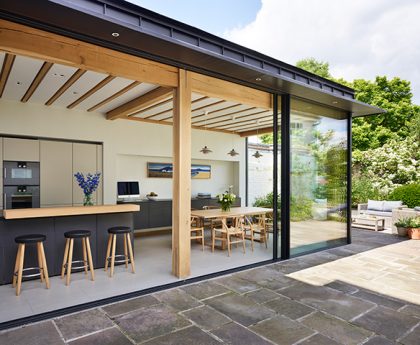Landscape design is more than just arranging plants, trees, and shrubs in a yard; it’s a creative process that transforms outdoor spaces into beautiful, functional, and sustainable environments. Whether you’re looking to create a tranquil backyard retreat, a vibrant garden oasis, or a welcoming front yard, landscape design plays a pivotal role in enhancing the beauty and functionality of your outdoor space. In this article, we’ll delve into the art of landscape design, exploring its principles, benefits, and how to create a stunning outdoor environment that reflects your style and personality.
1. Principles of Landscape Design:
Landscape design is guided by several key principles that help create harmonious and visually appealing outdoor spaces:
- Unity and Harmony: Design elements should work together cohesively to create a unified and harmonious composition.
- Balance: A well-balanced landscape features a harmonious distribution of elements, such as plants, hardscapes, and open spaces, creating visual stability.
- Proportion and Scale: Elements within the landscape should be proportionate to each other and the surrounding environment to create a sense of balance and coherence.
- Contrast and Variety: Contrasting elements, such as color, texture, and form, add visual interest and excitement to the landscape.
2. Benefits of Landscape Design:
Investing in landscape design offers numerous benefits for homeowners:
- Enhanced Curb Appeal: A well-designed landscape enhances the beauty and attractiveness of your property, increasing its curb appeal and resale value.
- Outdoor Living Spaces: Thoughtfully designed outdoor living areas, such as patios, decks, and pergolas, provide additional space for relaxation, entertaining, and recreation.
- Environmental Benefits: Sustainable landscaping practices, such as water-efficient irrigation, native plantings, and permeable hardscapes, promote biodiversity and conservation of natural resources.
- Improved Quality of Life: A beautiful and functional outdoor space enhances your quality of life, providing opportunities for relaxation, recreation, and connection with nature.
3. Elements of Landscape Design:
Landscape design incorporates various elements to create a cohesive and aesthetically pleasing outdoor environment:
- Plant Selection: Choose a diverse selection of plants, including trees, shrubs, flowers, and groundcovers, to add color, texture, and interest to the landscape.
- Hardscaping: Incorporate hardscape elements such as pathways, patios, retaining walls, and decorative structures to define spaces and add structure to the landscape.
- Water Features: Consider adding water features such as ponds, fountains, or waterfalls to create focal points and add soothing sounds to the outdoor environment.
- Lighting: Outdoor lighting enhances the ambiance and functionality of the landscape, allowing you to enjoy your outdoor space after dark while improving safety and security.
4. Creating Your Landscape Design:
When creating your landscape design, consider the following steps:
- Assessment: Evaluate your site’s characteristics, including sun exposure, soil type, drainage, and existing vegetation.
- Design Concept: Develop a design concept that reflects your style, preferences, and lifestyle needs, considering factors such as function, aesthetics, and maintenance requirements.
- Implementation: Work with a professional landscape designer or contractor to bring your design concept to life, selecting appropriate plants, materials, and features to achieve your desired vision.
- Maintenance: Maintain your landscape regularly by watering, fertilizing, pruning, and mulching as needed to ensure its health and vitality.
Conclusion:
Landscape design is an art form that combines creativity, aesthetics, and functionality to create stunning outdoor environments that enhance the beauty and value of residential properties. By incorporating principles of design, selecting appropriate elements, and creating a cohesive plan, homeowners can transform their outdoor spaces into inviting and sustainable landscapes that enrich their lives and connect them with nature.




